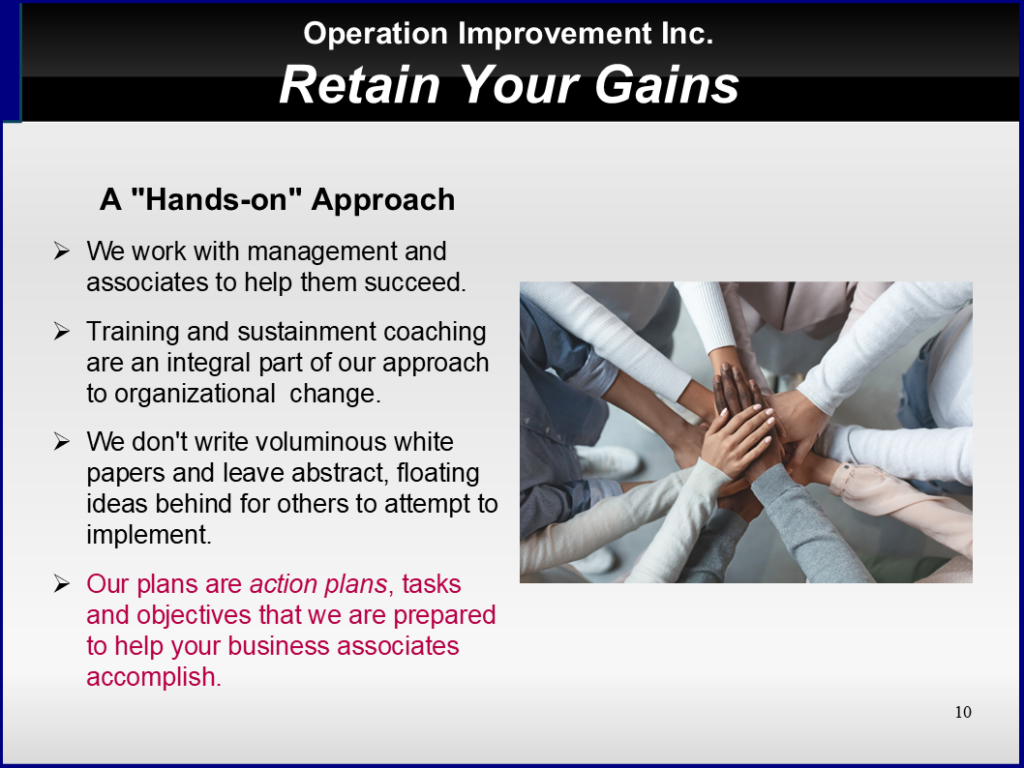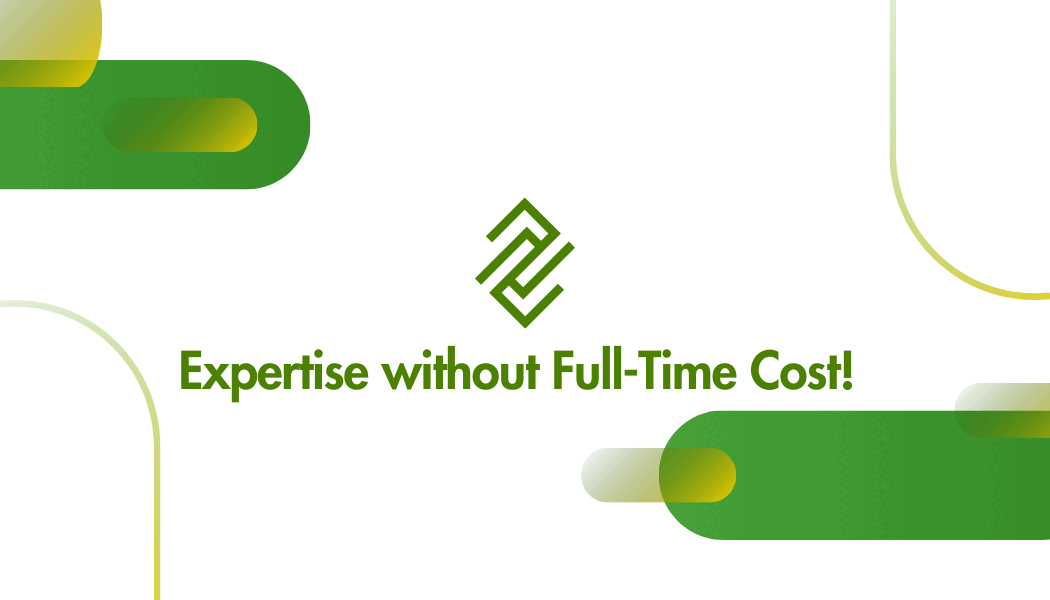What Drives Continuous Improvement

Let’s start with the really big picture – think about improvement over decades and longer. What has changed since the eighteen hundreds, the sixteen hundreds, or even longer spans of time?
Here is a hint to the first driver: “The wood and stone age. Tin. Copper. Iron. Steel. Aluminum. Plastics. Semiconductors.” New Materials!
Formal scientific method is relatively new, but inquiring minds have been exploring the field of materials science for millennia. Advances and discoveries of new materials have defined and delimited what was possible in human history. Today, these advances in materials come every couple of decades.
Every new advance (graphene, perovskites, nanomaterials, metamaterials, etc.) opens new possibilities for the second driver: invention, engineering, and automation.
While some products, for good reasons, are still made in the tested and traditional manner; new technologies periodically replace the old. We have a saying in our approach to quality and improvement. “Management provides the facility and is ultimately responsible for process capability, IF Operations runs the facility correctly and consistently.”
If both parties of this division of labor work together, processes can produce excellent products – and each can contribute to the goal of producing more with less in the future.
Management can commission engineering to rebuild processes with the latest inventions, materials, and technology. Operations can continue to expand their knowledge beyond the “user manual” – and fully master these new tools. This brings us to the third driver of continuous improvement: operations excellence and operations sustainment training.
An important component of operations management is continually training, reviewing methods, correct use of tools and technology, safety protocols, and so on. Professional athletes, performers and musicians never stop practicing and rehearsing.
Improvement only happens by accident, or when we learn something. The reverse is also true. Process performance worsens sometimes by accident or when we forget. Accidental improvements are temporary. Retained and applied knowledge is the key.





